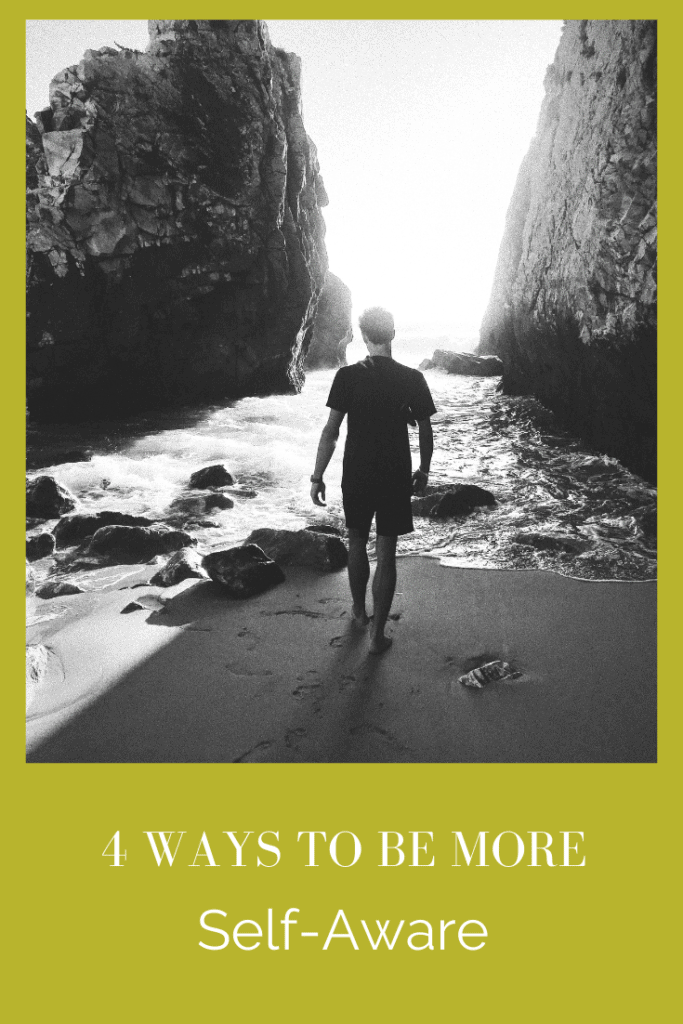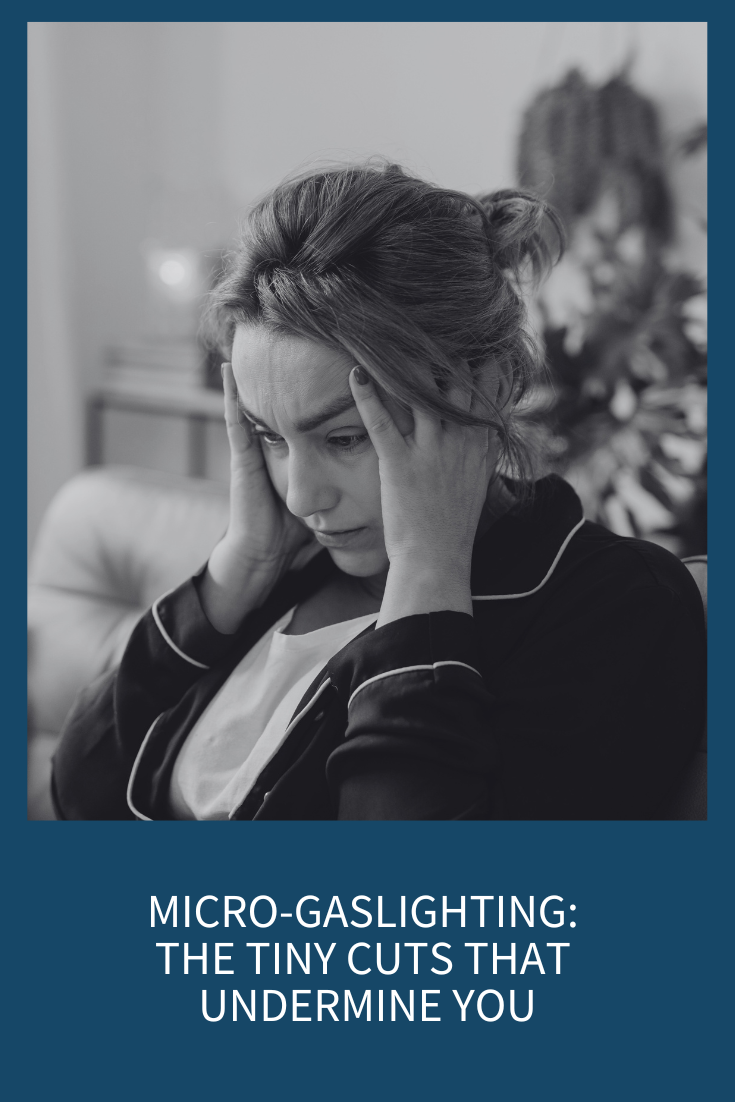
People who are self-aware are more fulfilled, have stronger relationships, are more creative, more confident and better communicators. They’re less likely to lie, cheat or steal and they do better at work and are more promotable (all according to the research).
Earlier this month, I talked about the difference between being self-aware and being mindful. All month I’ve been writing and podcasting about why being mindful will bring more happiness into your life and how being mindful will definitely make you more self-aware. Today, I’m going to tap the brakes on all the mindfulness and focus on my top tips for being more self-aware.
First, I want to make sure that everyone listening knows about my YouTube Channel. I call these Connection Quickies and these are quick tips (less than 10 minutes) for deepening your connection with your partner and to communicate better with others in general.
Next is my listener highlight and this is from Anta in Love who said, “I just found your podcast and I’m obsessed! I’m so sick of those other relationship podcasts who are just a bunch of people who have no real degrees and just think they’re experts and they’re not. There’s so much info out there it’s not easy to know what or who to trust but you’re the real deal girl – you’ve got the degrees but you’ve also got a great way of putting the information out there so it’s understandable. You’re the best!”
Also, I’m going to have a quick and easy exercise for you to uncover blind spots and be more self aware – I’ll tell you about it when I go over the four tips later in the broadcast and there will be a link in the Shownotes.
There are two types of people: those who think they’re self-aware and those who actually are. According to research by Tasha Eurich (I’ll link to her cool Ted Talk on this topic in the show notes), 95% of people think they’re self-aware but the real number is closer to 10-15%.
But how can this be? I’ve been to therapy and I’ve watched Oprah! The issue is that we have a TON that’s hidden from our conscious awareness. We don’t realize this but we just “feel” that something is true, so we put that out there, but we’re actually wrong a lot of the time!
Coolest Experiment Ever
In the mid-1970s psychologists Timothy Wilson and Richard Nisbett conducted one of the most famous social psychology experiments ever recorded and it stands as a testament to folks who think they’re self-aware, but really aren’t.
These guys set up a table outside a store in downtown Ann Arbor, Michigan. They placed four identical pairs of pantyhose on the table and then asked people walking by to pick the one that had the best quality.
Now, what Wilson and Nisbett knew, but the folks walking by didn’t, is that consumer research studies show that people tend to prefer products placed on the right. And that’s exactly what happened in this little experiment; People chose the pair of pantyhose on the far right the most often (at a rate of four to one)!
When people were asked why they chose the pair on the far right, they would give all kinds of reasons such as knit, weave, sheerness, elasticity, or workmanship. They created these reasons even though these four pair were exactly the same. They basically “felt” something was true and then created evidence to back that up.
And here’s the kicker: even when the researchers told them about the effect of positioning, they refused to believe it and stuck to their made-up reasoning!
Take a moment right now and think about how this applies to your relationship. How many times have you made up reasons and created proof of something without realizing it?
Your Conscious Mind is a Chump
If you’ve been following my stuff for any length of time, you know that I talk a lot about our subconscious brain and how it drives so much of our lives without us realizing it. You’ve heard me say that our conscious brains process information at a rate of 50 bits per second, while our unconscious brains process information at a rate of 11 million bits per second.
Well, I actually picked up that little fact from one of my favorite books called Strangers to Ourselves, which was written by Timothy Wilson (one of the researchers I just mentioned). People have asked me about this ratio, and I wanted to take just a minute to give full credit to Wilson.
The research shows that we actually process these 11 million bits of information through all five of our senses. They calculated this number by counting the number of receptors on each sense organ and the nerve signals being sent to the brain.
I’ve had people over the years fight me on this stat because they just find it too hard to believe that their unconscious brains are running a majority of the show.
I always use this example to help them get it because everyone has had this experience: Let’s say you’re having a conversation with someone at a party. There’s a lot of other noise going on, but you tune all that out and focus all of your attention on the other person. Suddenly you hear your name in a conversation to your left. No one yelled it, you just hear someone say it and your attention is diverted either briefly or completely.
How did you hear your name? Does this mean you weren’t really listening during your conversation? No. It’s just that your brain is always pulling in lots of information and your unconscious brain fields the majority of it.
All of this sums up the reason you’re not as self-aware as you may think.
So, what can you do?
How can you become more self-aware so you can understand your strengths and limitations better? So you can have a deeper understanding of your habits and your “why?” So that you can become a better communicator and person overall?
We’ve been talking about mindfulness all month as one route to raise your self-awareness, so I hope you’ve been practicing.
Today I’m going to teach you 4 other tools to get you there:
Self-Awareness Tool #1: Take a look in the mirror
A great tool to be more self-aware is to notice who pisses you off in your day-to-day interactions. It’s common to be annoyed by qualities in someone that we don’t like in ourselves. These qualities might be blind spots so you might not realize that these are things you need to work on or be aware of.
So, the next time someone pisses you off, instead of complaining about them take a proverbial look in the mirror.
Self-Awareness Tool #2: Life Timeline Exercise
Over the last decade or so, a new field of research called narrative identity has emerged. Basically, it’s the idea that the stories we tell ourselves are a direct reflection of our personalities. Change the story, change your personality characteristics.
Your narrative identity is basically the story of your life. How you understand your narrative contributes immensely to what actions you do or don’t take and what goals you set for yourself. There are many challenges in your life story – how you confront and deal with those challenges is a major shaper of who you are.
Taking some time to write down what you consider to be the people, events and experiences that have had the greatest impact on your life is a great step towards identifying how you’ve shaped your life story.
After you write down these experiences, step back and take a look…
Self-Awareness Tool #3: Ask for Feedback
We all have traits that others see, but we are unable to see in ourselves. We call these “blind spots.” Do you see yourself as others see you? If not, you can address these blind spots by receiving honest feedback from people you trust.
Receiving feedback can be hard. Harvard’s Sheila Heen says in her book, “Thanks for The Feedback”, that there are three main triggers that happen when we get feedback and that these are the things that prevent our learning: relationship triggers, identity triggers, and truth triggers. So, if you feel defensive when receiving feedback, see if you can trace it back to one of these three triggers.
Self-Awareness Tool #4: Ask What not Why
In Tasha Eurich’s research on self-awareness she found one thing that separated the folks that were self-aware from the folks who just thought they were. And that was that the self-aware people asked “what” and not “why.”
A quick and easy way to be more self-aware is to change “why” to “what” questions.
So, instead of asking “Why did this happen to me?” start asking, “What could I do now to move forward?”






